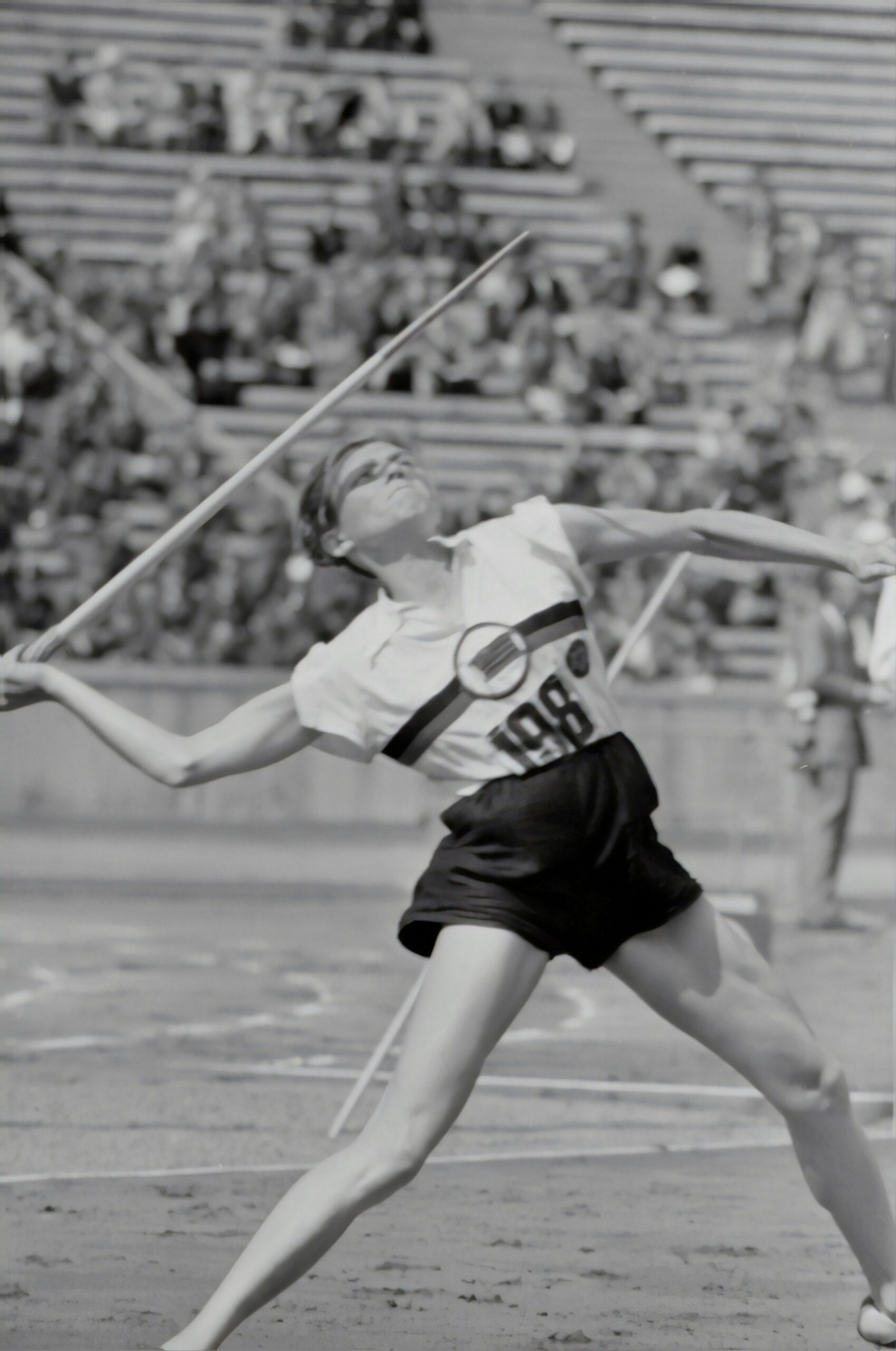Future Trends in Athletic Training Programs
Introduction
Athletic training programs are evolving rapidly to meet the demands of modern sports and exercise science. As technology advances and our understanding of human physiology deepens, new trends are shaping the future of how athletes prepare, perform, and recover. This article explores several key trends that are expected to influence athletic training programs in the coming years.
1. Integration of Technology
Technology is revolutionizing athletic training, providing new tools for monitoring performance and health. Wearable devices, such as smartwatches and fitness trackers, now offer real-time data on heart rate, oxygen levels, and even hydration status. These devices enable trainers to personalize training programs and optimize performance based on individual metrics.
Example:
Professional soccer teams are using GPS trackers to monitor player movements during matches and training sessions. This data helps coaches adjust tactics and training intensity to reduce injury risk and enhance performance.
2. Personalized Training Programs
Advancements in biometric data collection allow trainers to create personalized training programs tailored to each athlete’s unique physiology and goals. Artificial intelligence and machine learning algorithms analyze large datasets to identify patterns and predict optimal training methods for individuals.
Quote:
“Personalized training programs based on biometric data are the future of athletic training. By leveraging AI, we can optimize performance and minimize injury risk like never before.”
3. Focus on Injury Prevention and Recovery
There is a growing emphasis on preventing injuries through targeted strength training, flexibility programs, and biomechanical analysis. Athletic trainers are incorporating recovery modalities such as cryotherapy, compression therapy, and hydrotherapy to accelerate healing and reduce downtime.
Case Study:
Major league baseball teams have seen a decrease in pitcher injuries by implementing personalized recovery protocols that include cryotherapy and specialized arm care exercises.
4. Interdisciplinary Approach
Athletic training programs are increasingly collaborating with other disciplines such as sports psychology, nutrition, and physical therapy. This interdisciplinary approach ensures athletes receive comprehensive care that addresses both physical and mental aspects of performance.
Example:
Olympic athletes often work with a team of specialists including athletic trainers, psychologists, and nutritionists to optimize performance during training and competition seasons.
5. Virtual Reality (VR) and Augmented Reality (AR)
Virtual and augmented reality technologies are being integrated into training programs to simulate game scenarios, enhance decision-making skills, and improve spatial awareness. These immersive experiences allow athletes to practice in realistic environments without the physical demands of actual gameplay.
Quote:
“VR training has transformed how athletes prepare mentally for competitions. It provides a safe space to practice high-pressure situations and refine strategies.”
Conclusion
In conclusion, the future of athletic training programs is marked by technological innovation, personalized approaches, and a holistic view of athlete health and performance. By embracing these trends, trainers can enhance athlete outcomes, minimize injury risks, and push the boundaries of human achievement in sports.
As we move forward, continued research and collaboration across disciplines will be key to unlocking new methods and strategies that propel athletic training into the next era of excellence.






